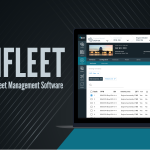
GE Aviation
March 9, 2022HOMEE Pro Portal
Homee Inc. provides a digital platform designed to streamline and transform the property insurance claims process.
This process is supported by tools like the HOMEE Pro Portal, which allows real-time claims management and enhances communication between all parties involved.
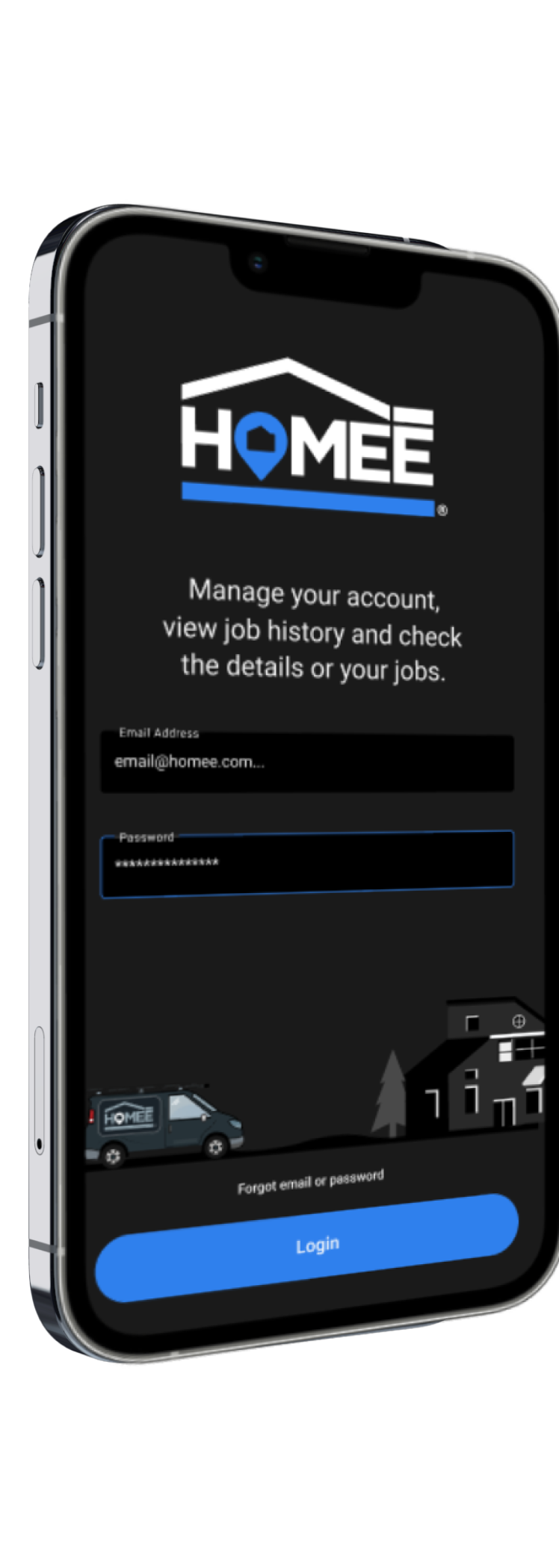
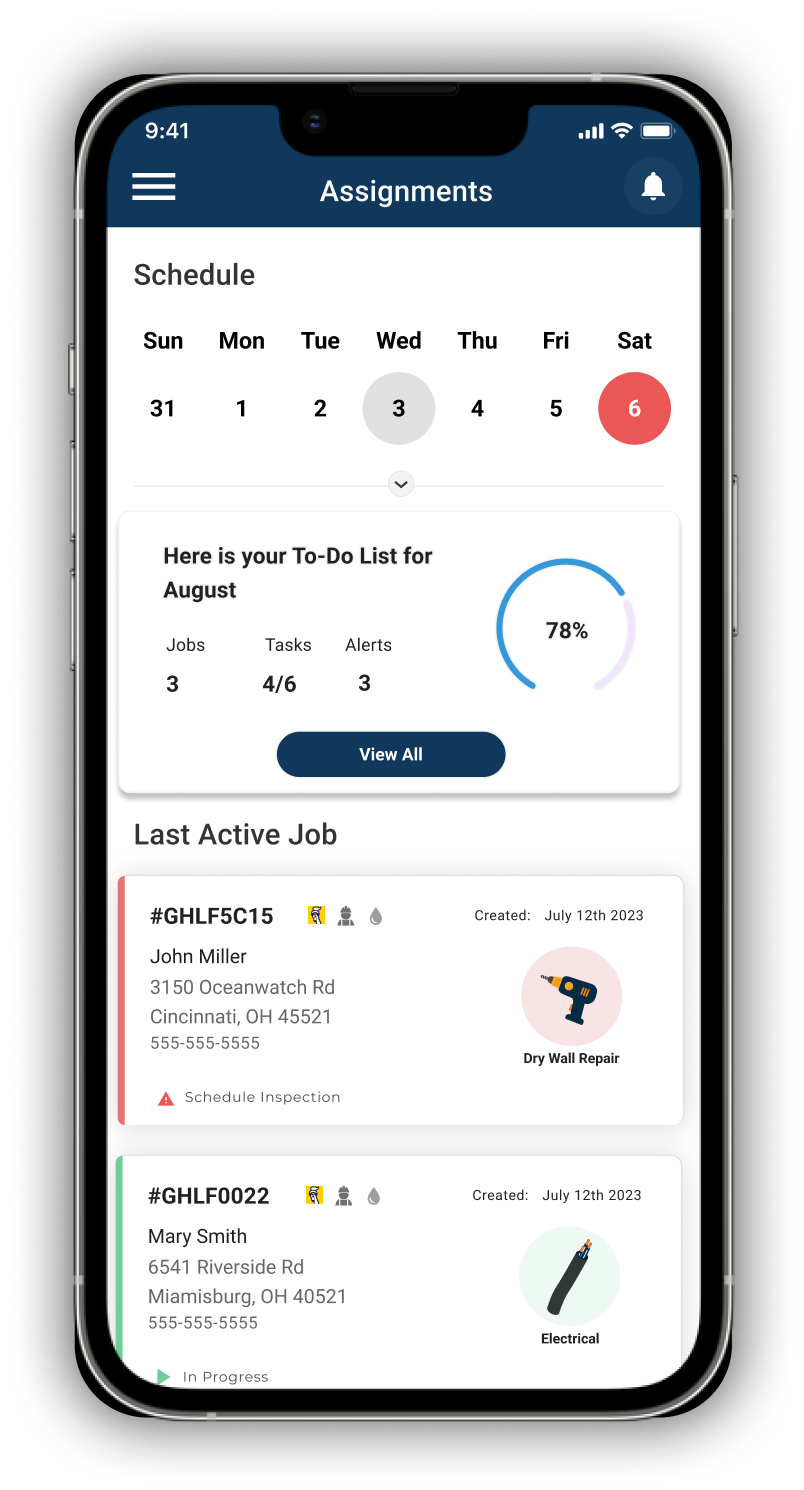
About the Project
Homee Inc. provides a digital platform designed to streamline and transform the property insurance claims process.
This process is supported by tools like the HOMEE Pro Portal, which allows real-time claims management and enhances communication between all parties involved.
My Role
Lead UX Designer
Project Name: Pro Portal, Customer Portal, Workshop, Gateway
Type: Desktop, Mobile App
Software: Figma, Figjam, Jira, Confluence
Date: February 2022 - June 2024
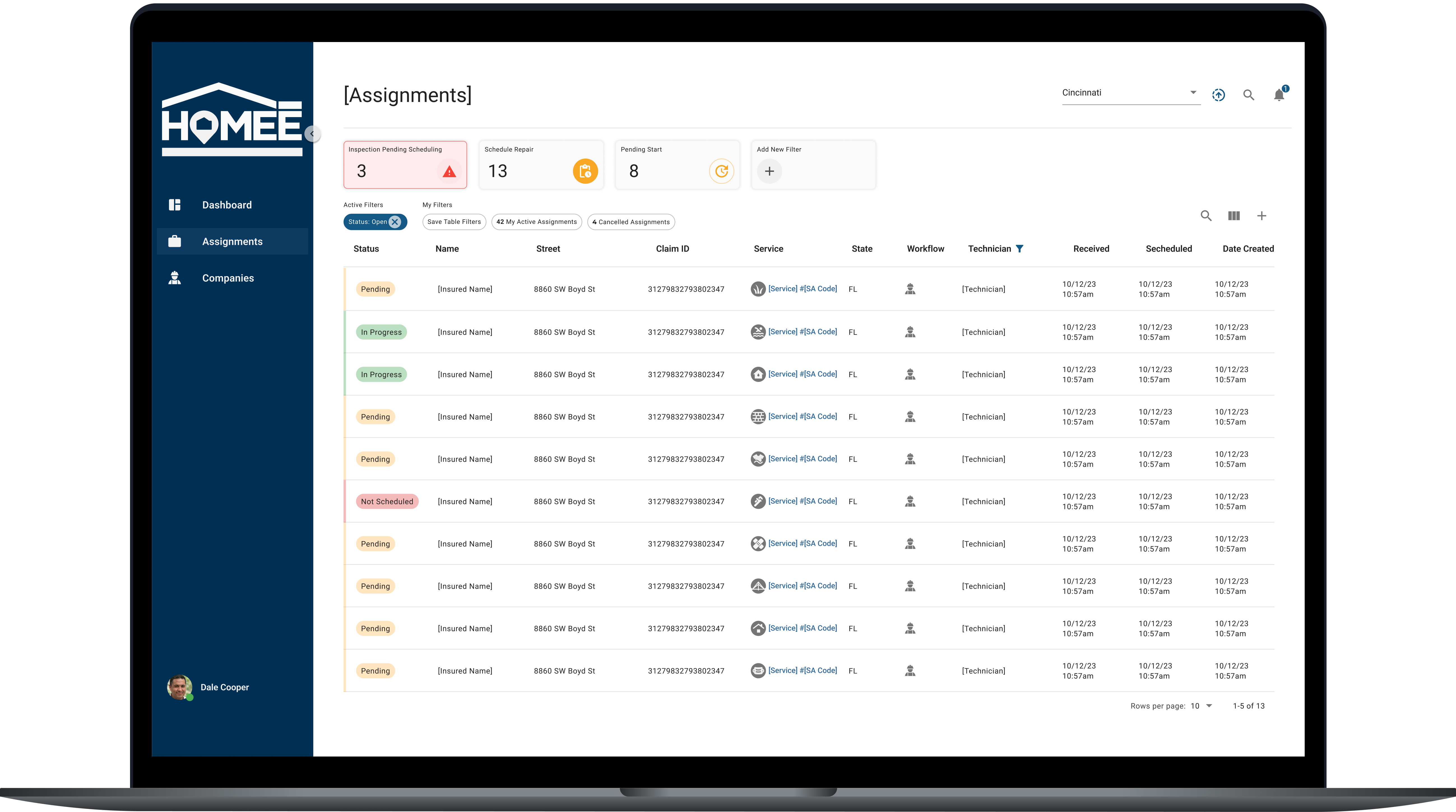
Homee Pro Portal
About the Project
Homee Inc. provides a digital platform designed to streamline and transform the property insurance claims process.
Claim Lifecycle

01.4.2021Understand the Business Model
Homee Inc. provides a digital platform designed to streamline and transform the property insurance claims process.15.08.2013Early Designs
I created low-fidelity wireframes with the existing design system to get the layout and flow and feedback to make sure all requirements were met.11.05.2013Stakeholder feedback
Before meeting with the actual users we met with the stakeholders which used our internal tool WORKSHOP. Their feedback was important since they understood what they needed the Pros to see and report back to them. However, we still needed to see the Pros point of view.
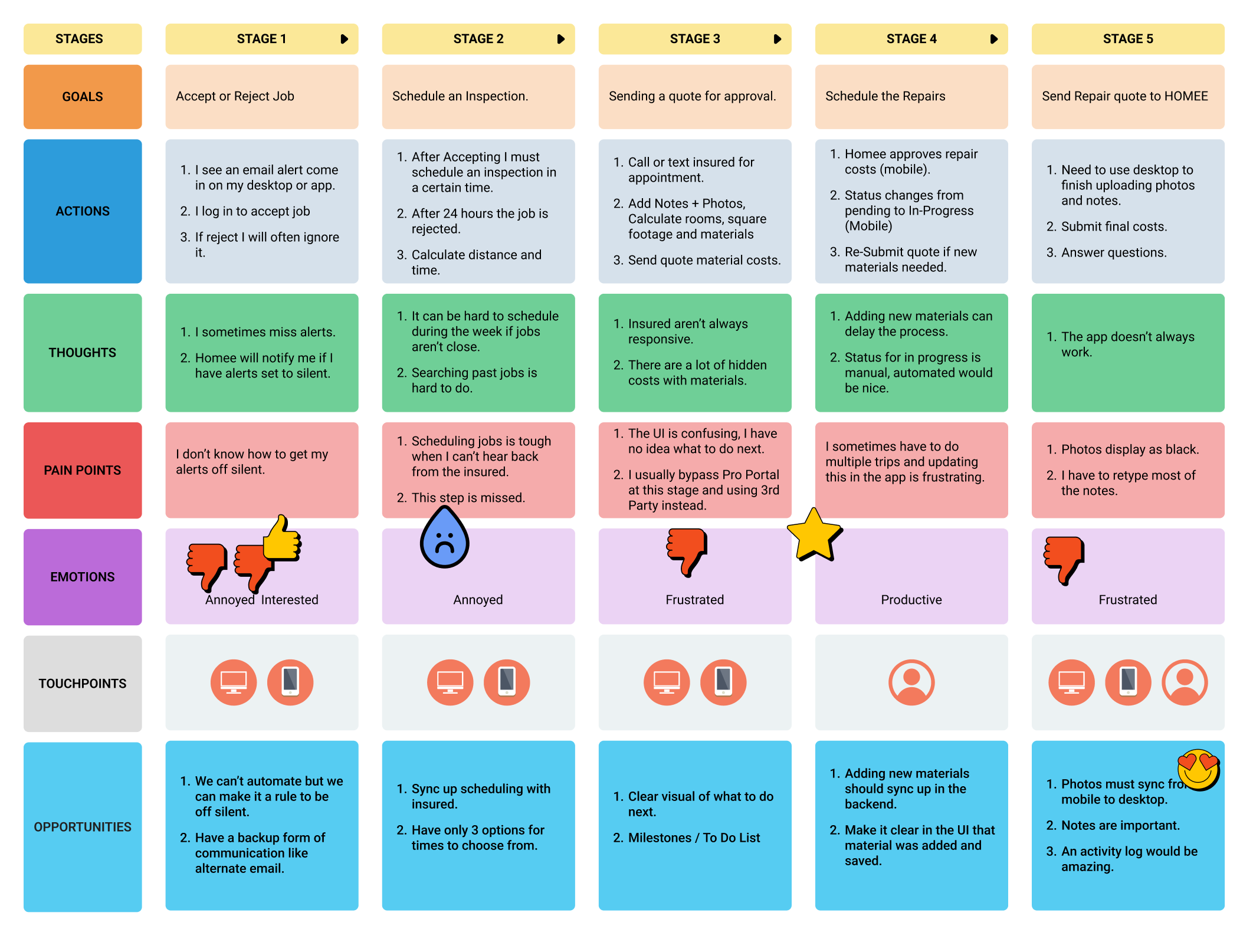
Focus Group
We aimed to test improvements on our platform by hosting a focus group. This allowed us to gather valuable insights into the thoughts, pain points, and feelings of our users to determine if the app meets their daily needs.
We started with a few versions of early mockups and sought feedback on their initial reactions. The focus group participants, a mix of company owners and technicians, provided diverse perspectives. Company owners, acting as administrators, offered insights into high-level usage, while technicians shared their experiences of hands-on interaction with the software.
User Personas
We asked 10 technicians and business owners for our focus group. We had one on one conversations with them that allowed them tell us about their day-to-day, how they currently use our app and their frustrations.
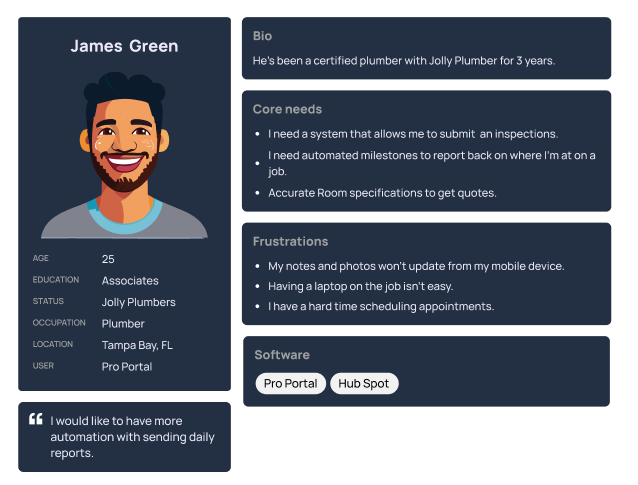
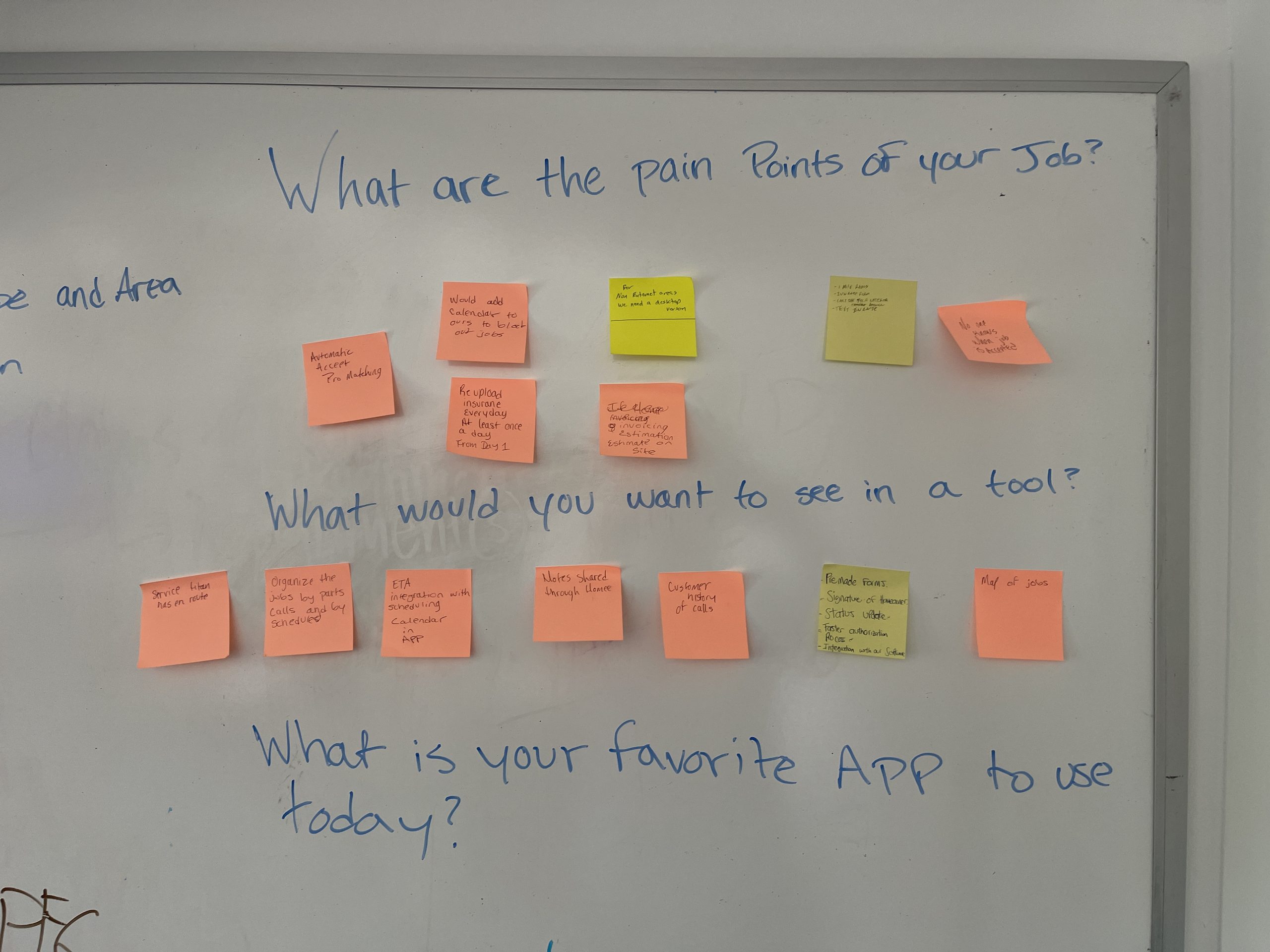
Testing and Feedback
The Pros wrote on sticky notes and we had conversations with them about the features they needed the most. Asked questions about the new design and how they would perform their daily tasks..
01.4.2021Developer Handoff
Several meetings with the stakeholders to understand the day to day and overall of what GE is trying to accomplish.15.08.2013MUI Design System
Up until now I had been using the previous design system while making custom components. We wanted to go to a more efficient system and use MUI components. This required a new design system that I started from the group up.15.08.2013Illustrations and Animations
To allow for a more modern look, I created animated illustrations or Lottie Animations using Illustrator and After Effects.11.05.2013Custom Components
Before meeting with the actual users we met with the stakeholders which used our internal tool WORKSHOP. Their feedback was important since they understood what they needed the Pros to see and report back to them. However, we still needed to see the Pros point of view.
Prototype
We aimed to test improvements on our platform by hosting a focus group. This allowed us to gather valuable insights into the thoughts, pain points, and feelings of our users to determine if the app meets their daily needs.
We started with a few versions of early mockups and sought feedback on their initial reactions. The focus group participants, a mix of company owners and technicians, provided diverse perspectives. Company owners, acting as administrators, offered insights into high-level usage, while technicians shared their experiences of hands-on interaction with the software.
